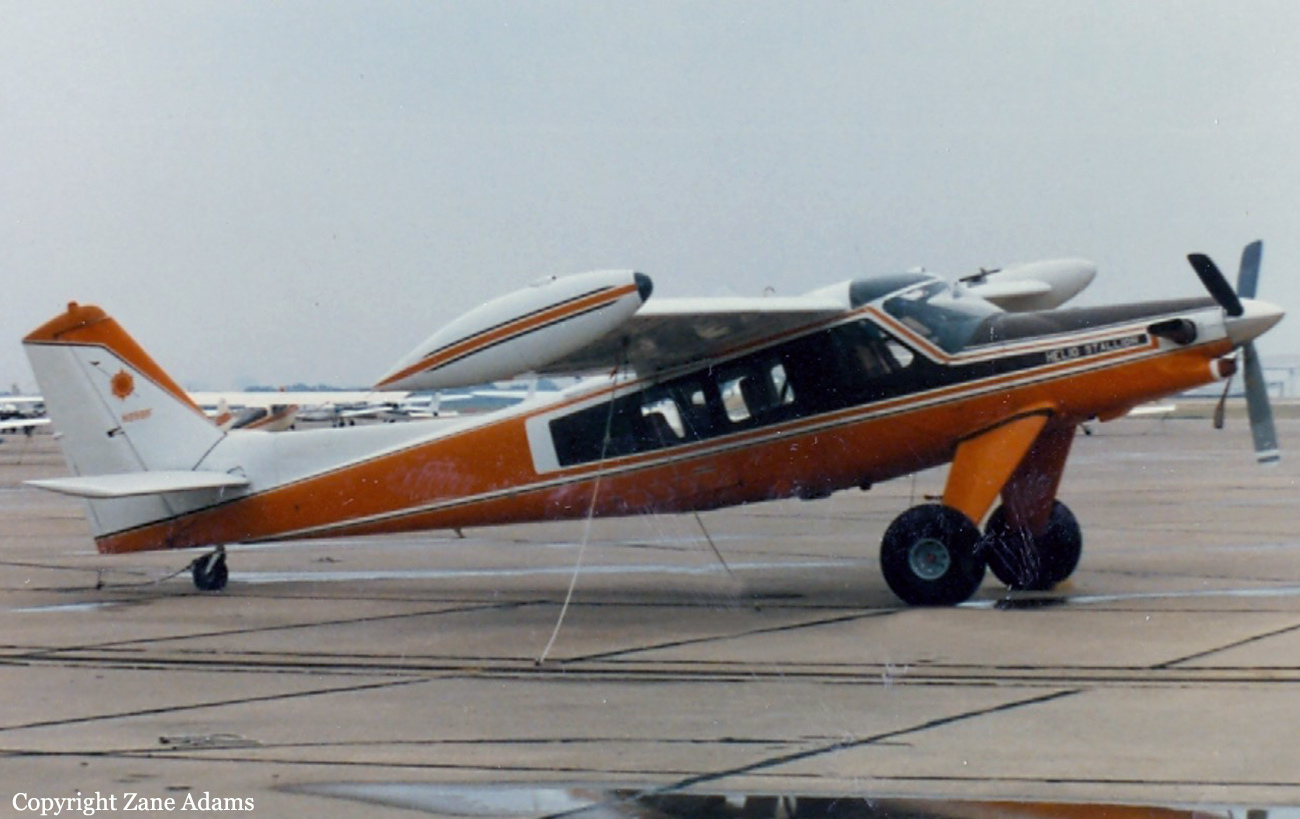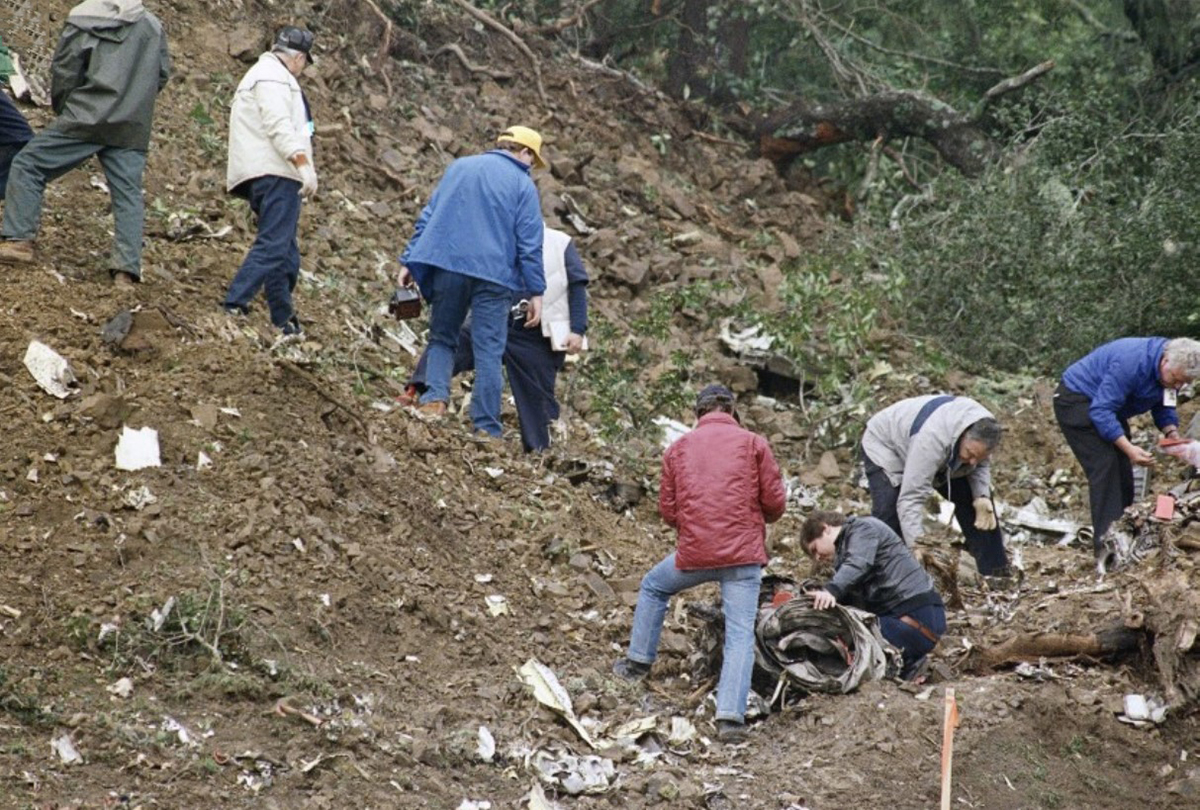Crash of a Helio H-550A Stallion in Perris Valley: 1 killed
Date & Time:
Jun 30, 1988 at 1300 LT
Registration:
N9991F
Survivors:
No
Schedule:
Perris Valley - Perris Valley
MSN:
004
YOM:
1971
Crew on board:
1
Crew fatalities:
Pax on board:
0
Pax fatalities:
Other fatalities:
Total fatalities:
1
Aircraft flight hours:
2100
Circumstances:
After dropping skydivers the pilot entered a descent to return to the airport for another load of jumpers. He was receiving radar advisories during the drop from a tracon controller. As the aircraft descended below 4,000 feet msl the controller terminated the radar advisory service. Immediately after the controller discontinued the service he asked the pilot to check for a stuck microphone switch. The aircraft continued its descent and collided with a camping trailer and building under construction in an extreme nose low attitude. The elevator trim was found in the full nose down position. No other malfunctions were found. The pilot, sole on board, was killed.
Probable cause:
Failure of the electrical stabilizer trim control that resulted in an Uncommanded full nose down elevator trim command.
Findings
Occurrence #1: loss of control - in flight
Phase of operation: descent - normal
Findings
1. (c) flt control syst, stabilator trim - failure, total
2. (c) elevator trim - uncontrolled
----------
Occurrence #2: in flight collision with terrain/water
Phase of operation: descent - uncontrolled
Findings
3. (f) object - vehicle
4. (f) object - building (nonresidential)
Findings
Occurrence #1: loss of control - in flight
Phase of operation: descent - normal
Findings
1. (c) flt control syst, stabilator trim - failure, total
2. (c) elevator trim - uncontrolled
----------
Occurrence #2: in flight collision with terrain/water
Phase of operation: descent - uncontrolled
Findings
3. (f) object - vehicle
4. (f) object - building (nonresidential)
Final Report:








